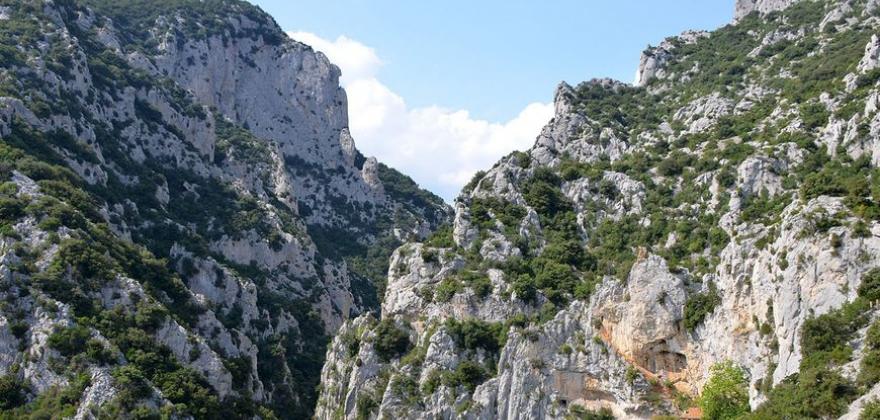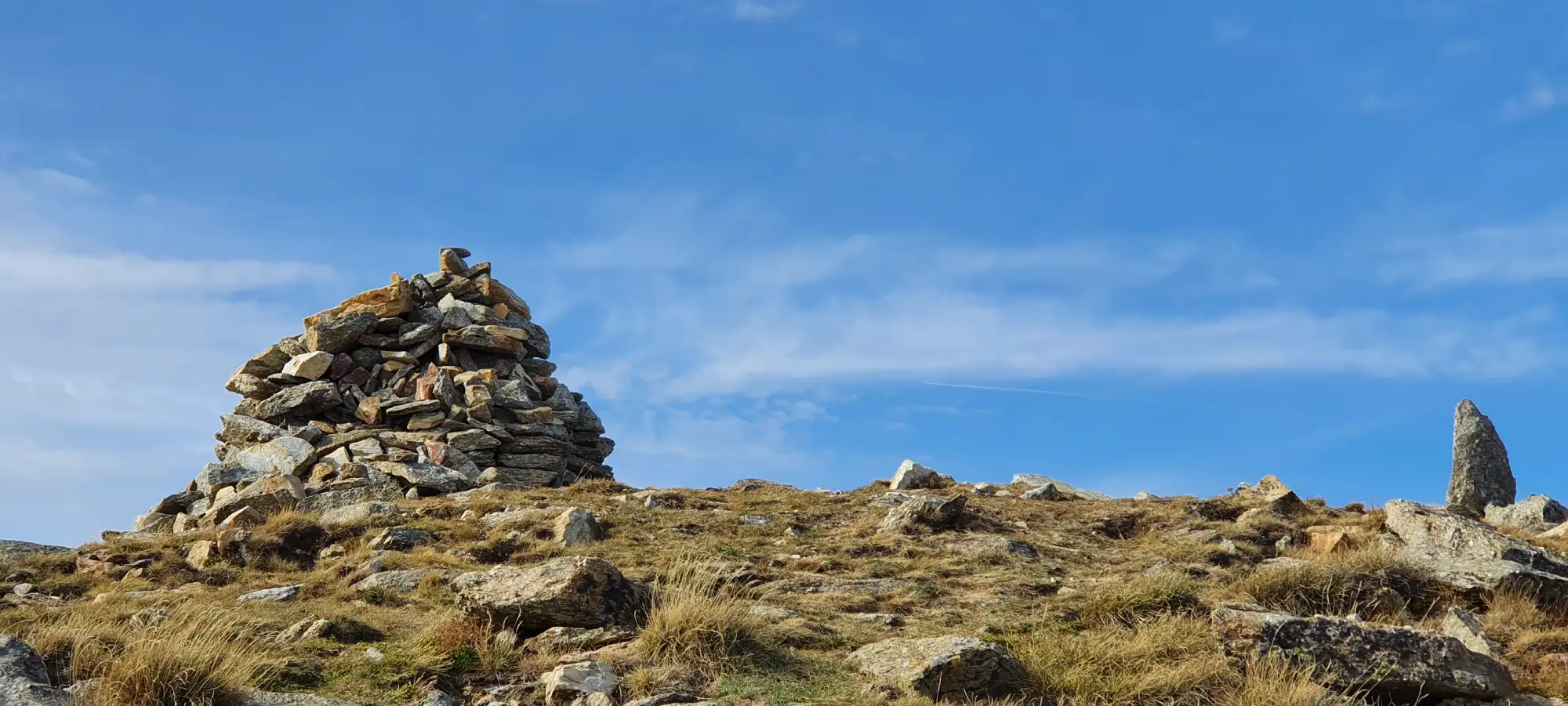L’AGLY ET LE FENOUILLEDES
In the north of Catalonia, the Bois Fleuri campsite in Argelès-sur-mer is ideally located for exploring the rugged landscapes of the Agly and Fenouillèdes regions. From Cathar castles to signal towers, discover a wild, enchanting region steeped in history.

L’AGLY
Straddling the Pyrénées-Orientales and Aude departments, the Agly watershed covers an area of over 1000 km2. It is the second largest watershed in the Pyrénées-Orientales department after the Têt. Subject to a typically Mediterranean regime, the rivers in the Agly watershed alternate between low water in the summer and high water in the spring and autumn.
The Agly is the main river in this basin: over 80 km long, it rises in the Pyrenees at the Col du Linas, at the foot of the Bugarach peak, and flows into the Mediterranean between Torreilles and Le Barcarès. In the valley, the river has carved out two kilometers of gorges over the millennia. The Gorges de Galamus, shaped by the River Agly, are narrow and deep, with the watercourse wedged between limestone cliffs over 500 metres high.
As it leaves the gorge, the Agly crosses the Fenouillèdes valley at right angles, following a natural fault. Its waters then flow into the vast reservoir of the Caramany dam. From this point onwards, the river’s flow is influenced by the dam and the manoeuvres carried out there. The Agly passes through the village of Estagel with a low flow, its waters becoming partly underground. It is then joined and recharged by the Verdouble, one of its most important tributaries. It crosses the Roussillon plain. Its course is contained by dykes from the commune of Rivesaltes to its mouth in the Mediterranean.
THE FENOUILLÈDES
An Occitan-speaking cultural region at the heart of the Catalan Country, Fenouillèdes is also an area with a long and eventful history. Inhabited since prehistoric times, the region is home to numerous prehistoric archaeological treasures, including Neanderthal and Neolithic settlements on the banks of the Agly river. The most important remains, however, are the dolmens and menhirs at Prats-de-Sournia, Ansignan, Trilla and Felluns.
Fenouillèdes ‘ border location has enriched its culture with a variety of influences over the course of history: Celtic, Iberian, Roman, Arab and Germanic, as evidenced by architectural treasures such as the Ansignan aqueduct and the Château des Maures at Caudiès-de-Fenouillèdes. In the 8th century, the territory finally became part of the Kingdom of Pepin the Short and became a viscounty two centuries later. The château vicomtal in Fenouillet is now in ruins.
With its Occitan tradition, Fenouillèdes is historically and culturally linked to the Cathar region. The Cathar strongholds of Quéribus, Puilaurens and Peyrepertuse still stand majestic sentinels on their rocky spurs. A prosperous territory, Fenouillèdes was also the seat of a crucial commandery of the Knights Templar from the 12th century onwards. On the border between the Kingdom of France and the Kingdom of Aragon until Roussillon became part of France, the region was home to strategic border posts in the Agly valley, such as the village of Latour-de-France.
The natural heritage of Fenouillèdes is made up of 5 contrasting landscapes, ranging from high altitude in the west to low altitude in the east: the wine-growing hillsides of the Agly valleythe Estagel plain around the confluence of the Agly and Verdouble rivers, the wooded massif of the Haut-Fenouillèdes, the isolated Ropidera plateau around the village of Montalba-le-Châteauand the Fenouillèdes syncline, bordered by the rocky barrier of the Corbières.


